Chasing the Summer Light in the Smokies
The Smokies in summer are a living, breathing creature. The mornings start heavy with dew, as if the mountains themselves just woke up from a long, slow dream. By midday, the air hums with cicadas, and the sun paints every leaf a sharper green than you thought possible. Then—just when you think you’ve had your fill—the sky melts into a mix of tangerine and deep violet, and you realize you’re not just here to see the Smokies… you’re here to feel them.
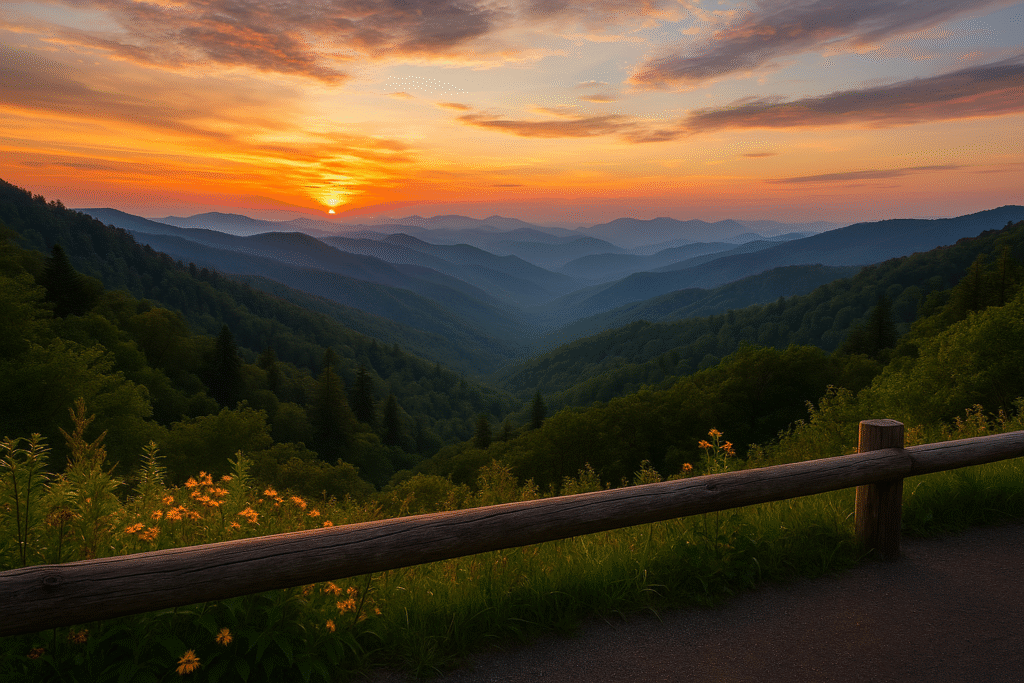
Photographing the Smoky Mountains in summer isn’t about finding the “perfect” overlook from a brochure. It’s about chasing the light like a predator stalks its prey—knowing it might turn on you at any second, knowing that the clouds could roll in and turn your postcard view into a gray smear. And when that happens? That’s when you find the real shot. The one that feels like the mountains—imperfect, moody, alive.
This isn’t a guide for the tripod-toting tourists who stay glued to a shot list. It’s for the wanderers who know that the road between destinations is just as important as the view itself. The kind of traveler who will pull over on a blind curve because the mist is hitting just right. The kind of photographer who understands that the story behind the photo is what gives it soul.
And if you’re going to give yourself to the Smokies for those fleeting, golden hours, you’d better stay close enough to answer when the mountains call. The best way to be there when the magic happens is to keep your base nearby, where the ridgelines are the first thing you see when you wake up. Find the right place to stay here.
Kuwahi – The Crown of the Smokies
They used to call it Clingmans Dome. Now it’s Kuwahi, “Mulberry Place” in Cherokee—a name that feels like it belongs here, like it’s been hanging in the mist for centuries, waiting for us to remember it. And make no mistake, this isn’t just another “scenic point.” Kuwahi is the top of the Smokies, the kind of place that makes you feel small in the best possible way.
Standing here, you’re looking at a 360-degree panorama that doesn’t care about your itinerary. The wind bites a little, even in summer. Clouds tear themselves apart on the ridgelines. Down below, the valleys look like they’re breathing—green and restless under that shifting sky. If you’re lucky, you’ll catch the moment the sun breaks through, lighting up the folds of the mountains like a spotlight from some higher stage.
Getting the shot here isn’t about just snapping a wide-angle and moving on. The real photographs happen in the waiting. Watch the way the light and shadow crawl across the valleys. Frame the watchtower against the drifting fog. Get low, let the guardrail fade into the blur, and let the mountains swallow the rest of the frame. Kuwahi doesn’t hand over its secrets easily—you earn them by standing still and letting the place work on you.
But here’s the thing: magic moments don’t wait for your GPS to catch up. If you want that sunrise that sets the whole horizon on fire or the last pink gasp of a summer sunset, you need to be close enough to answer when the mountains whisper your name. Find a spot to stay that puts Kuwahi within reach before the light’s gone check your options here.
Newfound Gap – A Natural Frame for Your Shot
Newfound Gap is one of those rare places where the road itself feels like part of the view—climbing, curling, and then suddenly spilling you out into a horizon you didn’t know you were chasing. From here, the Smokies don’t just stretch out in front of you—they layer themselves, ridge upon ridge, in a way that makes you feel like you could keep walking forever and never touch the end.
Right now, getting here isn’t an option. The road’s closed thanks to a landslide—nature’s way of reminding us who’s really in charge. The park service says it’ll be a couple of months before the asphalt’s patched and the cars start rolling through again. That might sound like bad news, but it’s also a gift. Because when it does reopen, you’ll be among the first to step into a view that’s been sitting in silence, untouched by crowds for weeks.
Photographers love this spot for its natural framing—the way wildflowers in the foreground can lead your eye to rolling green valleys and then up to skies that change moods by the minute. Cloud shadows here aren’t just background texture; they’re living, moving elements that add drama to every shot. And in summer, the haze doesn’t dull the view—it gives it depth, softening the mountains until they feel infinite.
If you’re planning ahead, make Newfound Gap part of your “reopening run.” The first few weeks after they cut the ribbon are going to be magic—fresh, quiet, and almost like stepping back in time. Lock in a place to stay nearby so you’re ready to roll the moment the road reopens find it here.
Morton Overlook – The Sunset Showstopper
Morton Overlook isn’t subtle. It doesn’t ease you into its beauty—it smacks you in the face with it. You pull off the road, step out of your car, and suddenly the entire western horizon is laid out like it’s been waiting just for you. In summer, the show starts slow—long shadows creeping down the mountainsides, the sun dipping lower, the sky warming to gold. And then, without warning, the whole scene catches fire. Oranges, reds, and purples collide in a way no camera can truly handle. You’re left half-shooting, half-just standing there with your mouth open.
Here’s the thing about Morton: everybody knows about it. Which means, by the time the “golden hour” rolls around, you’ll be shoulder to shoulder with strangers, all jostling for the perfect frame. The smart move? Get there early. Claim your spot, set up your tripod, and let the anticipation work its way into your bones. The extra time isn’t wasted—it’s when you’ll catch those in-between moments: a couple leaning on the guardrail, a hawk circling in the distance, the first blush of color in the sky.
Photographers call Morton the sunset king of the Smokies, but it’s more than that. It’s a reminder that nature doesn’t care about your schedule—she’ll make you wait, and when she’s ready, she’ll reward you. And when that light fades and the crowd starts shuffling back to their cars, you’ll know you just witnessed something worth more than any photo.
If you’re serious about catching Morton on a good night, don’t risk missing it because you’re stuck fighting traffic from miles away. Stay close enough to walk out your door and be here before the show begins see your best lodging options here.
Foothills Parkway – The Road to Serendipity
The Foothills Parkway isn’t about rushing from Point A to Point B—it’s about letting the road decide where you’re going. Out here, the Smokies show you their quieter side. Fewer cars. Fewer tour buses. Just you, the hum of your engine, and a ribbon of asphalt that twists and dips through overlooks so perfect they feel staged. But they’re not staged. They’re raw, untamed, and sometimes completely unexpected.
In summer, this road is a slow-burn romance. The air is heavy with honeysuckle, the trees thick with green, and every turn teases a glimpse of mountains that stretch so far, you can almost feel the Earth’s curve. And the best shots here? They’re not the ones you planned. They’re the ones you stumble onto when a cloud shifts just right, or when you round a bend and find the sky cracked open with light. Keep your camera in your lap—if you wait until the next pull-off, you might miss it.
The beauty of the Foothills Parkway is that it rewards wanderers. Sure, you can hit the big-name overlooks, but the real magic is in the in-between—the little gravel pull-offs that don’t even have names. Park the car, kill the engine, and let the silence wrap around you. Out here, the mountains feel like they’re all yours, if only for a few minutes.
And here’s the thing: to truly give yourself over to this kind of road, you can’t be watching the clock. Find a place to stay close to the parkway so you can drive it at your own pace, chasing the light instead of the traffic start here.
Chimney Tops Overlook – Drama in the Details
Chimney Tops Overlook isn’t the biggest view in the Smokies. It’s not the highest, either. But what it lacks in size, it makes up for in pure drama. From here, the jagged twin peaks of Chimney Tops rise sharp and defiant against the sky, their rocky ridges catching the light in a way that makes them look almost volcanic. In summer, the surrounding forest is so lush it feels like the mountains are wearing a velvet green cloak, the peaks punching through like they’re unwilling to be tamed.
The overlook is just a quick pull-off along Newfound Gap Road (once it reopens), but don’t let the convenience fool you—this is a spot that rewards patience. The trick here isn’t just to point your lens at the peaks and fire away. Watch the way the sun moves, the way afternoon storms roll in fast, spilling shadow and mist over the ridgeline. Wait for that break in the clouds when the light pours over the rock like molten gold. That’s the shot you came for.
If you’re up for more than just an overlook, the Chimney Tops Trail starts nearby—but fair warning, it’s a serious climb. Even if you don’t hike it, this viewpoint gives you enough to feel the wild energy of the peaks without breaking a sweat. And in the evening, when the light drops low, the peaks take on an almost sculpted quality, like nature’s own cathedral spires.
The best part? Chimney Tops Overlook is the kind of place you can swing by at a moment’s notice if you’re staying close. Lock in a place to stay nearby, so when the clouds start breaking, you can be here in minutes check here.
Hidden Gems – Off-the-Radar Overlooks
Everyone’s chasing the big-name views. Kuwahi. Morton. Newfound Gap. They’re gorgeous, sure—but they’re also crowded, noisy, and lined with people who are more interested in their selfie than the mountains in front of them. If you want something that feels like it belongs to you and you alone, it’s time to dig deeper.
Tucked along the less-traveled roads of the Smokies are overlooks most people blow past without a second glance. Places like Webb Overlook along the Blue Ridge Parkway extension, where the valleys stretch out in quiet layers, untouched by the buzz of constant foot traffic. Or the pull-offs along the Greenbrier section—no flashy signage, no tour buses, just pure Appalachian stillness.
These are the spots where you can hear your own footsteps, where the sound of the wind through the pines is louder than the distant hum of a car engine. They’re not about spectacle—they’re about intimacy. The light here feels softer. The air feels heavier. And if you’re patient, you might catch a moment so personal it feels like the mountains are letting you in on a secret.
The trade-off? You’ve got to work a little harder to find them. Study the park map, take the roads that don’t have the big arrows pointing toward them, and be willing to follow your instincts. The payoff is a view you don’t have to share—and a photograph that’s yours alone.
But here’s the catch—these hidden gems aren’t the kind of places you can just “fit in” before dinner. Stay close enough to wander at will, so you can go where the road (and the light) take you browse your best nearby stays here.
Tips for Capturing the Smokies in Summer
Summer in the Smokies is a moving target—light, weather, and atmosphere all shifting faster than your camera settings can keep up. That’s the challenge, but it’s also the reward. If you want to walk away with more than just pretty postcards, you’ve got to lean into the unpredictability.
1. Chase the edges of the day. Sunrise and sunset aren’t just “nice lighting”—they’re when the Smokies are at their most alive. Morning mists curl through valleys, breaking apart like smoke. Evenings paint the ridgelines in molten color. Arrive early, stay late, and let the light surprise you.
2. Watch the weather like a local. Storms move fast here. A clear blue sky can turn to rolling thunderclouds in minutes, and that’s when the drama happens. Cloud breaks after a summer rain can give you light that photographers spend years chasing. Keep your gear ready and don’t be afraid to get a little wet.
3. Think in layers. The Smokies’ signature look comes from the way ridges fade into each other, stacked in shades of green and blue. Use a longer lens to compress the scene and emphasize that depth, or go wide and let the foreground lead your viewer into the shot.
4. Go off-script. The pull-offs and marked overlooks are great, but some of the best summer shots happen in the places that don’t have a name. Keep your eyes open for roadside wildflowers, unexpected wildlife, or a shaft of light breaking through the canopy.
5. Stay close to the action. The Smokies don’t wait for you to drive an hour from your hotel. Find lodging near the park so you can chase the light without watching the clock check out your best options here.
Photography here isn’t about control—it’s about surrender. The Smokies will give you what they want to give you, and when they do, you’ll know you’ve caught something rare.
Let the Mountains Set the Pace
The Smokies don’t care about your shot list. They don’t care about your perfect itinerary, your golden-hour calculations, or the number of likes you’ll get. Out here, you’re not in control—and that’s the whole point. The best views aren’t the ones you planned for; they’re the ones that caught you off guard, the ones you stumbled into when you took the long way around.
You can hit every overlook on the map and still miss the soul of this place if you’re moving too fast. Slow down. Pull over when something catches your eye. Let the weather mess with your plans. Stay long enough for the light to change, for the wind to pick up, for the mountains to show you another side of themselves.
And here’s the truth: the Smokies aren’t going anywhere, but your window to see them in this exact moment—this season, this light, this mood—is closing with every tick of the clock. Find a spot to stay that keeps you close to the ridgelines and ready for whatever the day throws at you start looking here.
When you leave, your memory card will be full, sure. But the real keepsake? That’s the feeling you get when you realize you weren’t just looking at the Smokies—you were part of them, if only for a little while.

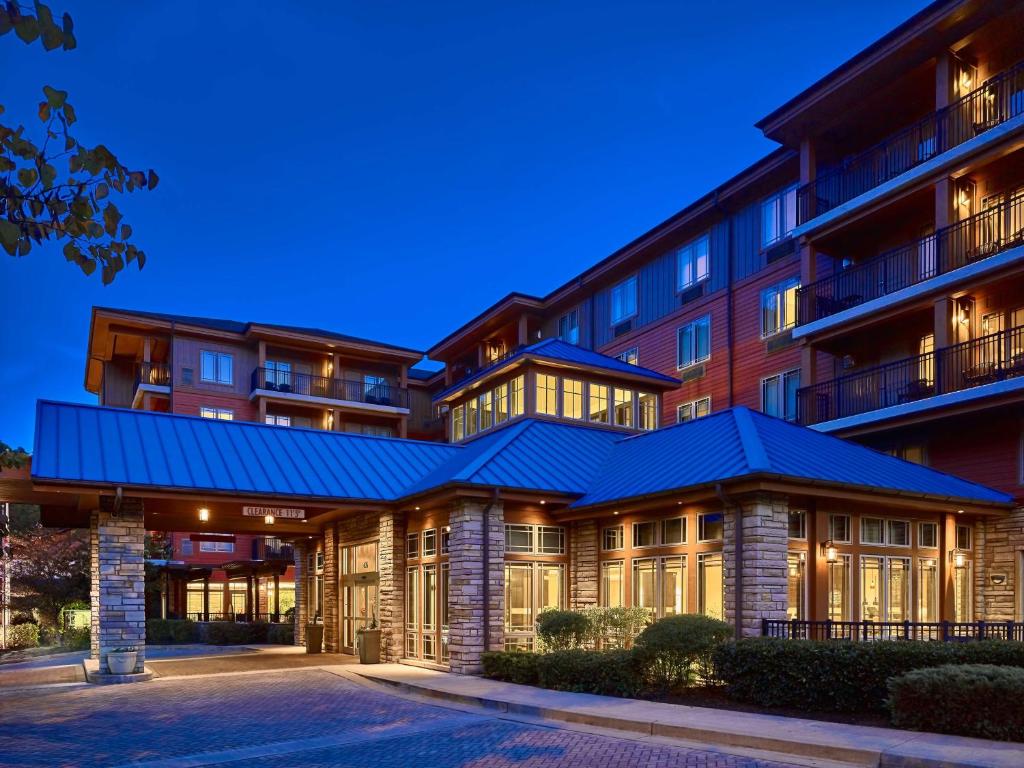






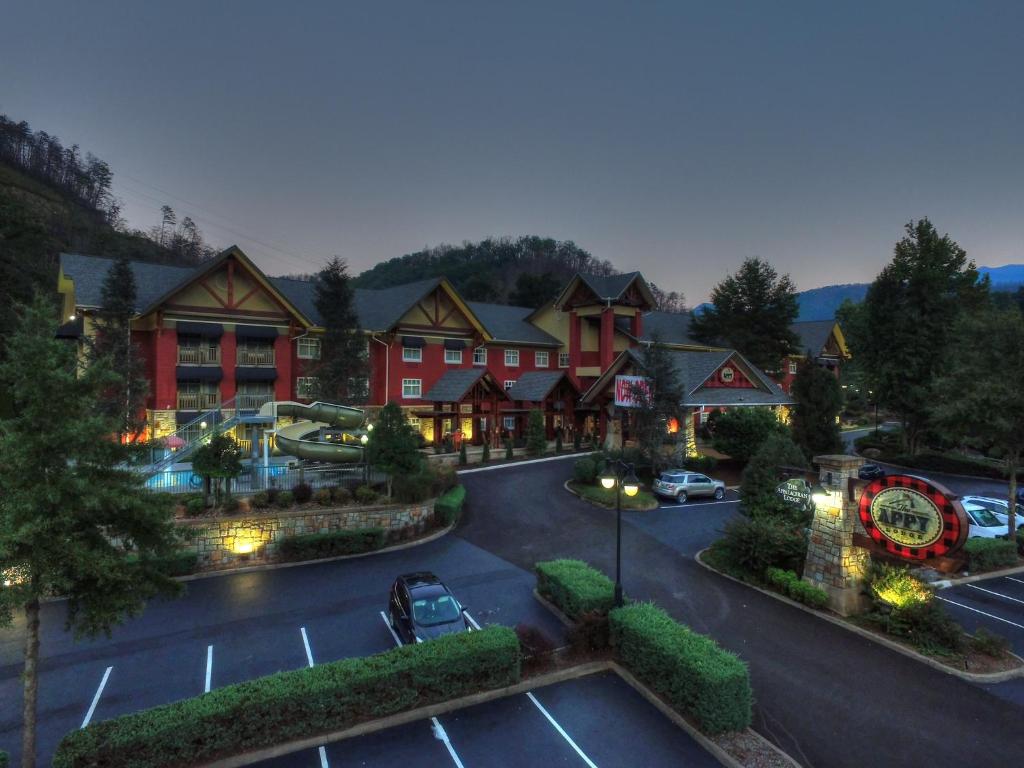





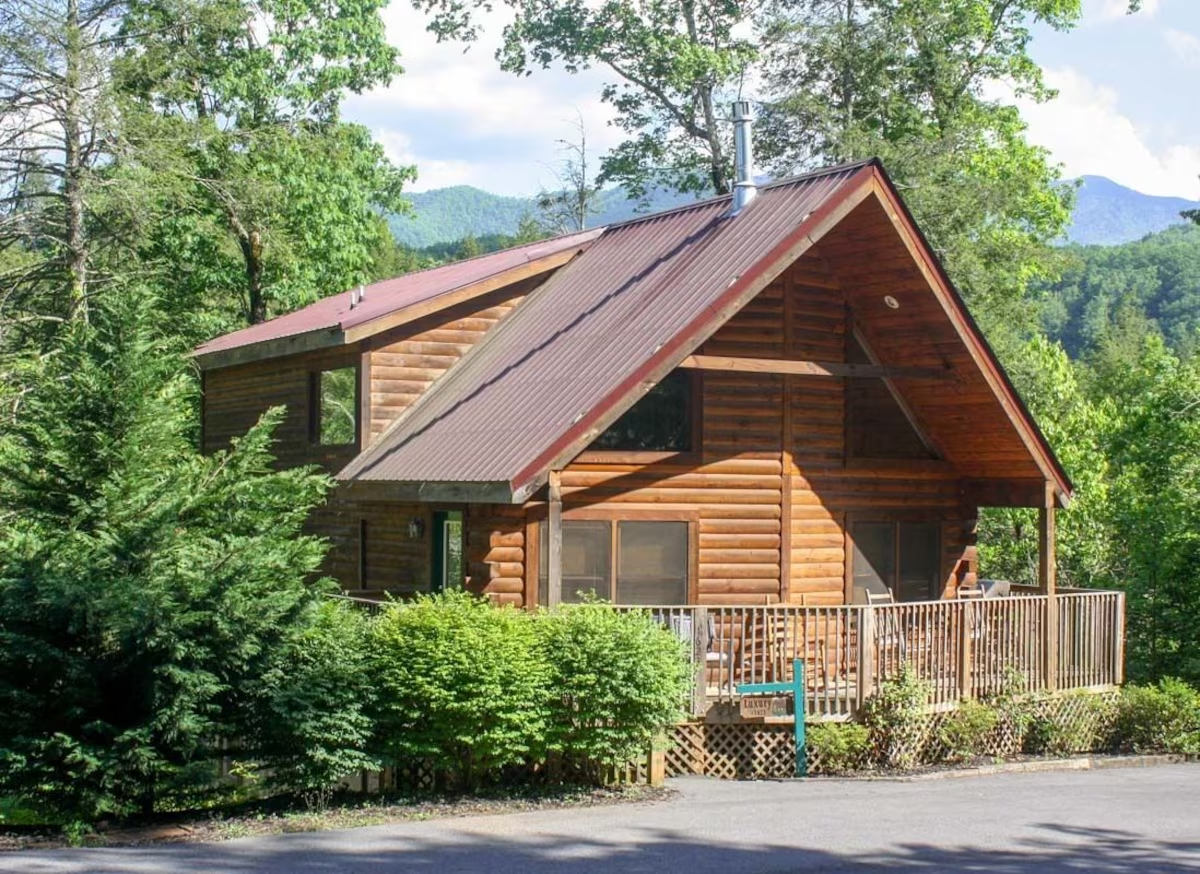

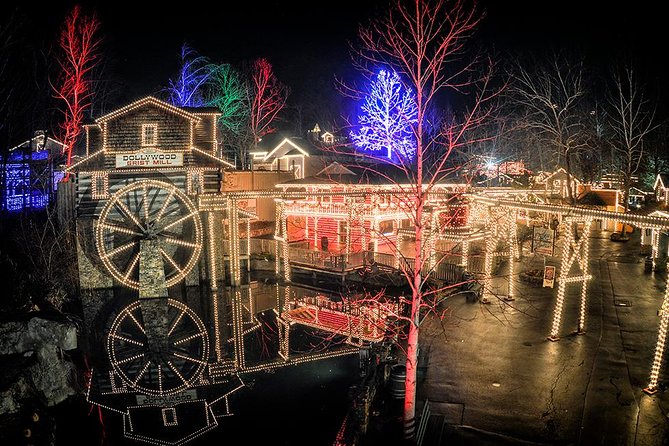
Leave a Reply